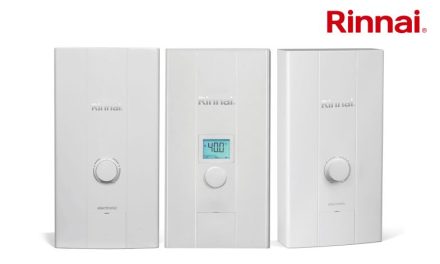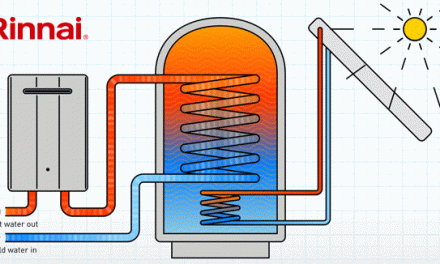Did you know the invention of robots dates back to XVth century? WhenLeonardo da Vinci explored the idea of the human body as a machine, he came up with a robotic knight – medieval armour designed with gears, wheels, pulleys and cables that allowed it to move its arms and legs. Premature inventions like this one populate the engineering landscape to this day, often when it comes to energy-saving technologies such as regenerative braking. Here, Tony Young, owner director of supply and repair specialist CP Automation, explains how easy it can be to make industrial applications more energy efficient by using regenerative braking and harmonic filters.
Pull your energy weight
One solution suitable for many industrial applications, particularly in heavy engineering, transport, mining, the elevator market and other applications that involve a lot of braking and restarting is regenerative braking. When braking, an electric motor generates energy that can be used immediately in the local grid and thus reducing the draw from the mains supply.
In effect, this means turning your motor into a generator, converting mechanical energy into electrical energy, which can be fed back to the local network. The mechanism is extremely common in electric and hybrid vehicleswhere the energy is stored in the batteries and works particularly well in urban environments, where drivers tend to brake often enough to generate a lot of energy.
Lesser known applications of regenerative braking can also be found inindustry. By using a regen unit like RevCon in engine test stands, transmission, escalators, power plants and many other applications that use continuous braking, you can regenerate the braking energy of the drivensystem, and feed it back into the network.
Regen power can be sized to the application; for a 90kW drive, for example, a 30kW regen unit could be suitable – because it rarely brakes at full capacity. The capacity range of regen can vary anywhere between 4kW and 300kW – the higher the capacity, the bigger the savings and the faster the payback. A good regen unit should work with any AC drive and should be easy to retrofit to any inverter, irrespective of design or manufacturer, due to its non-software driven installation protocol – plug and play so to speak.
RevCon can use a feed-in tariff similar to the ones found on domestic and semi-commercial wind turbines, to allow companies to charge the electricity supplier for the excess returned power, should the building not use the energy locally.
It’s about quality
A complementary energy-efficient technology to regenerative braking is the harmonic filter, which works by improving the power quality of a system. By increasing the number and diversity of power electronics used in industrial environments, you also increase the number of non-linear loads, in which the current drawn by the load doesn’t have the same wave form as the supply voltage.
Some of the most common sources of harmonic currents include industrial equipment like welding machines, arc furnaces or rectifiers, variable speed drives, office equipment like PCs, printers and even household appliances,such as the humble television.
The flow of harmonics reduces power quality and can cause a number of problems including premature ageing of equipment and overloads on the power distribution system, which result in the need to increase the level of subscribed power, thus incurring additional costs. Finally, harmonics can cause irritating and costly tripping and shutdown of production lines and equipment.
The bottom line is that when electrical equipment has a poor signal, it uses more energy. The peaks caused by harmonics in electricity can result in energy wastage and the best way to solve the problem is by implementing a harmonic filter.
Depending on the application, you might want to use an active or a passive filter, with series or shunt compensation. The first thing to do is survey your system. Or better yet, get a specialist to come in and do that for you. This way, you won’t miss anything and you’ll have a full picture of the different generations of electrical equipment on your shop floor. A survey will also allow you to see your industrial facility as a whole and identify the real root causes for power quality problems.
Tightening industry regulations and increasing energy prices mean industrial players of all sizes now have more reasons to make energy efficiency a priority and put continuous energy improvements at the heart of their business model.
Part of the reason da Vinci’s robotic knight never caught on was that the mentality of the times simply didn’t fit with the idea of automated machines.Perhaps we shouldn’t make the same mistake when it comes to energy efficiency. The technology is readily available, but we must be wise enough toimplement it.





